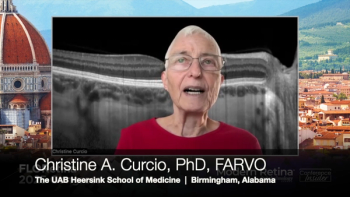
Impact of spectral OCT on clinical retinology
Spectral (fourier domain) optical coherence tomography (SOCT) represents a significant development in the field of retinal imaging.
A great deal of information about the physical background of SOCT and the improved quality of images produced by the technology has been presented in recent literature. However, there is very little information regarding the clinical advantages of using this technique; in peer review literature we found only 13 papers presenting both clinical data and demonstration of imaging possibilities. This is probably because of the limited availability of SOCT instruments. The majority of papers describe experimental devices, the use of which is very expensive and not common in daily clinical practice.
New spectral domain OCT devices, manufactured by a number of firms, have however, been making their way to the market recently and, as such, the number of scientific papers reporting on these technologies is expected to grow rapidly. These new devices include Topcon's SOCT (3DOCT-1000), the Spectralis family (Heidelberg Engineering), RTVue-100 (Optovue), Copernicus (Optopol), Spectral OCT/SLO (OTI) and Cirrus HD-OCT (Zeiss). We have been using the commercially available Copernicus OCT in our retina outpatient clinic since February 2006.
Is SOCT better than standard OCT?
Earlier this year, McDonald and co-workers1 confirmed the ability of standard OCT to measure retinal thickness with a high degree of accuracy and reproducibility. However, a team led by Wojtkowski delved deeper and was able to show that measuring retinal thickness with high resolution spectral OCT was more accurate when compared with its standard counterpart.2
Newsletter
Get the essential updates shaping the future of pharma manufacturing and compliance—subscribe today to Pharmaceutical Technology and never miss a breakthrough.








































